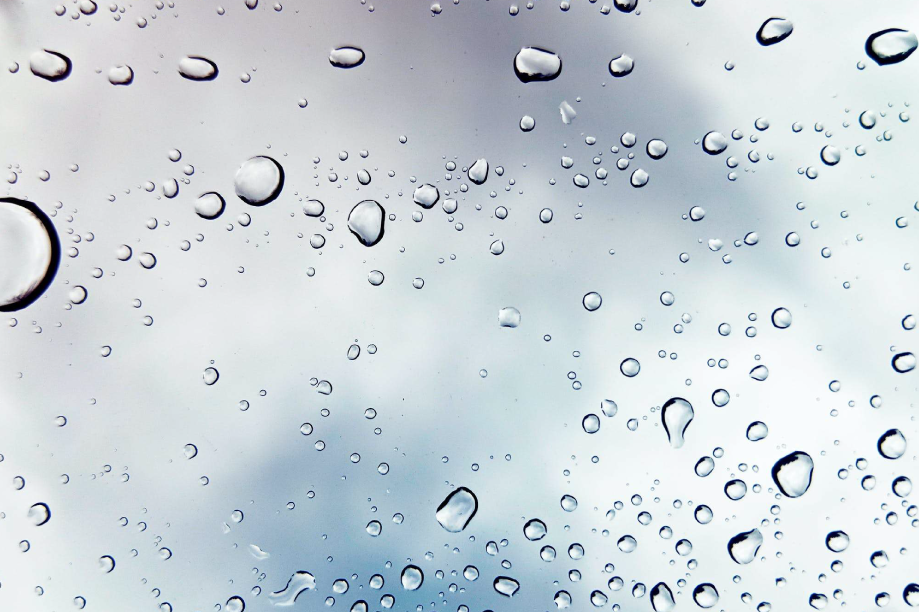If you drank tap water today, chances are you drank water that contains chlorine.
That’s because most municipalities throughout the United States use chlorine as a way to rid water of microbes. The upside? Chlorine is inexpensive and effective in making water potable. The downside? Studies show that, over time, chlorine is linked to an increase in cancer, heart disease, reproductive challenges and other health issues.
The risks associated with chlorine intake
There is no question that chlorine is credited with virtually eliminating waterborne disease. For more than a century since we began using it in our water supply in the U.S., it has helped us by killing a variety of microbial waterborne pathogens in our drinking water.
However, today, the risks associated with chlorine intake and the negative effects it has on our health are also widely documented. Researchers have linked chlorine in drinking water to higher incidences of bladder, rectal and breast cancer1. According to these studies, once in our water supply, chlorine interacts with compounds to create trihalomethanes (THMs) which promote the growth of free radicals that destroy cells and damage genes2. We know that this leads to cancer and other diseases.
How to tell if your water has high levels of chlorine
So how can you tell if the water in your area contains a high level of chlorine?
One way is to search the Environmental Working Group’s (EWG) tap water database. Through this portal, you can search for your zip code and review EWG’s drinking water report, see results of their tests and more. If your area contains a high level of bromodichloromethane and other chlorine byproducts, the EWG will flag it on your report4. Additionally, each year your municipality is required to provide you with a Consumer Confidence Report (CCR), an annual water quality report that provides a breakdown of the quality of your local water. If you have not received this in the mail, contact them and request one5.
These resources are the best ways to see if your area has a high level of chlorine in its water. However, generally speaking, residents in the following areas should be particularly concerned with the quality of their drinking water:
- Industrial towns, such as Pittsburgh, Newark, and Detroit6.
- Low-income, rural areas where municipalities are notorious for not complying with Environmental Protection Agency (EPA) rules7.
- Any area that has been affected by a chemical spill or has a history of poor drinking water quality.
How to get rid of chlorine in your water
If you’re worried about the level of chlorine in your tap water, it can be tempting to just throw a case of bottled water in your cart the next time you’re at the market. However, in addition to being the culprit of a host of environmental issues, most bottled water contains water from the exact same sources as the water from the tap in your kitchen - and the chlorine that comes along with it8.
Another possible solution: Some research shows that sitting water on the counter for 24 hours in a glass pitcher before you drink it helps release the chlorine from the water. This is not scientifically proven -- and also not convenient.
Fortunately, you can have the best of both worlds by filtering out chlorine with a high-quality water filter. Our Aquagear Filter Pitcher is tested to remove 99% of chlorine from tap water, so you can rest assured that you are getting all of the benefits chlorine presents minus all of the health risks associated with it.
References:
- Tapped Out?: Are Chlorine's Beneficial Effects in Drinking Water Offset by Its Links to Cancer? (2010, January 25). Retrieved from Scientific American.
- Free Radicals: Definition, Causes, Antioxidants, and Cancer. (2020, February 2). Retrieved from Very Well Health.
- EWG’s Tap Water Database. (n.d). Retrieved from EWG.
- Bromodichloromethane. (n.d). Retrieved from Wikipedia.
- Consumer Confidence Reports: A Guide to Understanding Your CCR. (n.d). Retrieved from Centers for Disease Control and Prevention.
- 12 Cities with the Worst Tap Water in the US. (2020, March 17). Retrieved from Business Insider.
- Here Are the Places That Struggle to Meet the Rules on Safe Drinking Water. (2018, February 12). Retrieved from New York Times.
